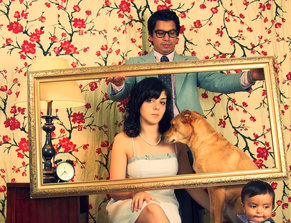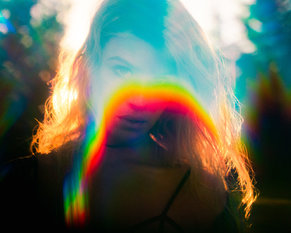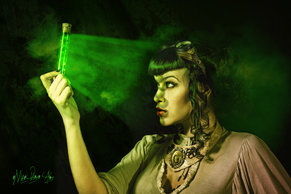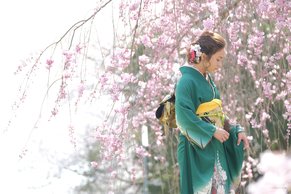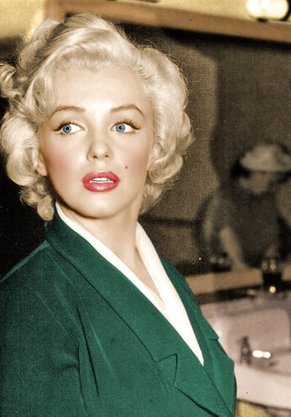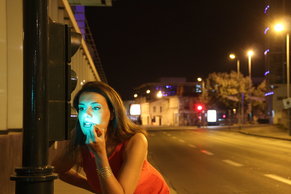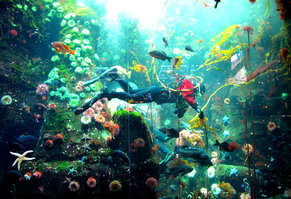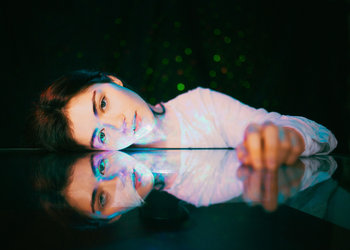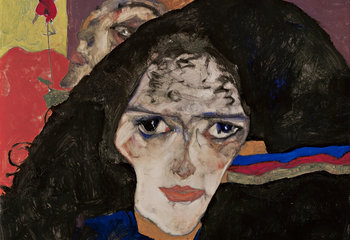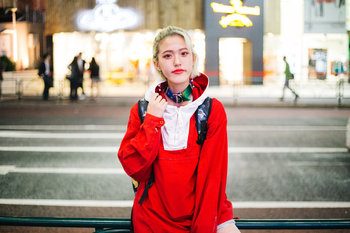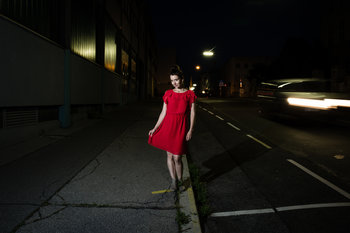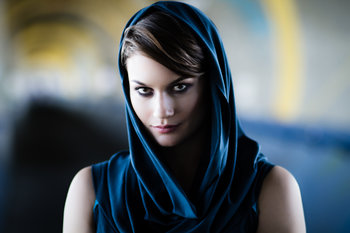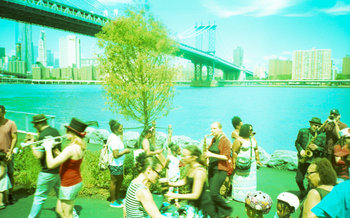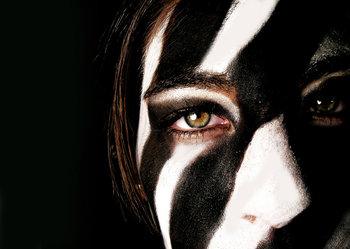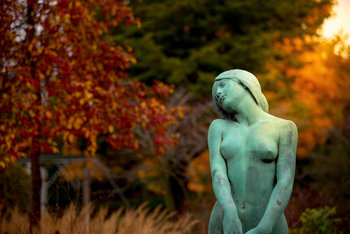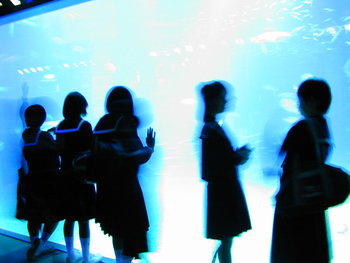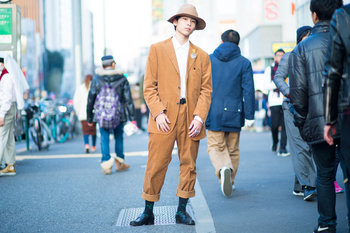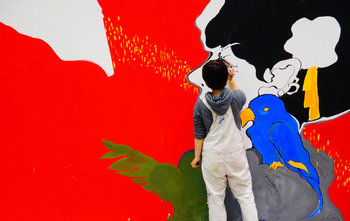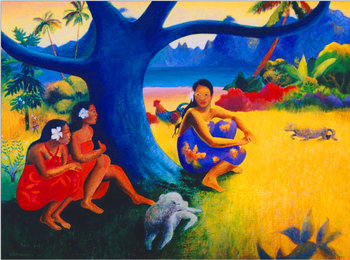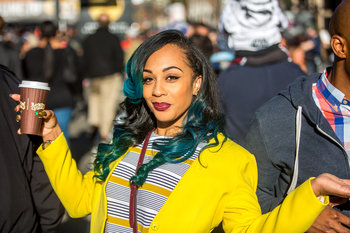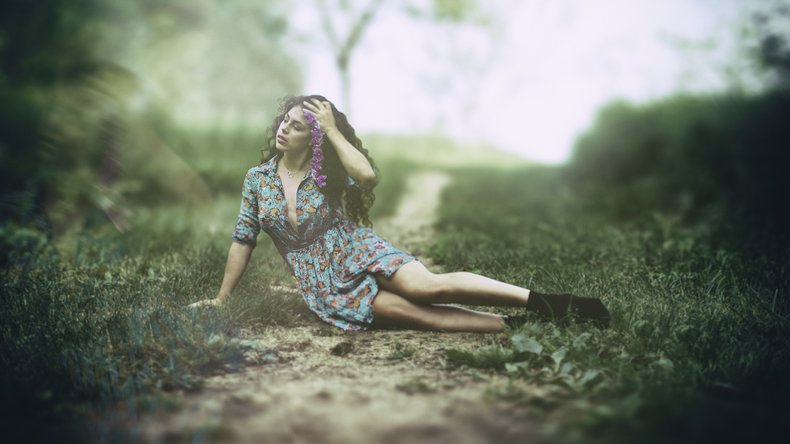
Nature Green
#266536
#266536
Green is pervasive in nature and is first and foremost perceived as natural.
Spring Green
#cefebd
#cefebd
Spring and renewal.
Peter Pan
#19a700
#19a700
Youth and inexperience. This is by analogy to Spring.
Mint Green
#c7f2db
#c7f2db
Some shades of green are perceived as minty.
Earth Green
#05af33
#05af33
Green symbolizes the planet Earth, the environment and environmentalism.
Dollar Green
#99c99c
#99c99c
Green is associated with dollars and symbolizes money.
Caribbean Green
#47b3aa
#47b3aa
Green-blue colors are associated with marine and oceanic environments.
Toxic Green
#12ff00
#12ff00
Bright fluorescent greens can be perceived as toxic and poisonous.
Monster Green
#93ef50
#93ef50
In storytelling and myth green is often used for monsters.
Emerald Green
#046307
#046307
Deep dark greens can feel luxurious.
Elite Green
#133700
#133700
Very dark greens are occasionally used to symbolize high status.
Forest Green
#053a0b
#053a0b
Green symbolizes forests and trees.
Golf Green
#008763
#008763
Sports and particular sports such as golf.
Lime Green
#2ce335
#2ce335
Green can feel fruity and citrusy.
Christmas Green
#34831f
#34831f
Green strongly symbolizes Christmas when combined with red.
Irish Green
#169b62
#169b62
Ireland, Irish culture and Irish folklore such as leprechaun.
Kelp
#3f4e11
#3f4e11
Particular brownish shades of green can look like kelp or moss.
Zombie Green
#466b4c
#466b4c
In popular culture, zombies are often green.
Grass
#39a945
#39a945
Vibrant greens may invoke images of grass, lawns and suburbia.
Avocado
#568203
#568203
Creamy middle greens tend to be perceived as an avocado color.
Military Green
#748151
#748151
Olive greens tend to be associated with the army and camouflage.
Turtle Green
#69824e
#69824e
Green animals such as turtles and frogs.
Grasshopper Greens
#00912f
#00912f
Insects and specific insects such as grasshoppers.
Wintergreen
#7ebaa6
#7ebaa6
Due to its association with cool vegetation and mints, green is perceived as cool or cold.
Go Green
#1ae137
#1ae137
Green is culturally associated with permission and all-clear status.
Money Green
#00631c
#00631c
Green is traditionally used to highlight profits and other positive results.
Tea Green
#75936d
#75936d
Green is associated with vegetables, green tea and healthy food.
Alien Green
#77c815
#77c815
In pop culture, aliens are imagined as green.
Dragon Green
#0e8f68
#0e8f68
Green is generally associated with mythical creatures such as dragons.
Pine Tree
#024f2b
#024f2b
Dark greens can feel like pine, northern forests and alpine environments.
Life Green
#008c4a
#008c4a
Green is often used to symbolize biology and life.
Jade
#005c2f
#005c2f
Green is considered an auspicious and lucky color in some cultures.
Summary
The following are common associations with the color green.Aliens (from film and fiction) | Banking |
Brazil | Camouflage |
Christmas | Cool (color temperature) |
Dragons & Other Mythical Creatures | Environment |
Finances | Gaelic Culture |
Go (from traffic lights) | Good Luck |
Greed | Growth |
Hope | Inexperience |
Ireland | Islam |
Jamaica | Jealousy |
Leprechauns | Life |
Medical | Military |
Mints | Money |
Monsters | Nature |
Normal Status (see below) | Permission |
Plants | Poison |
Refreshing (i.e. minty) | Safety |
Sickness | Spring |
Success | Summer |
Sustainability | Toxic |
Water (e.g. green seas) | Wealth |
Witchcraft | Youth |


